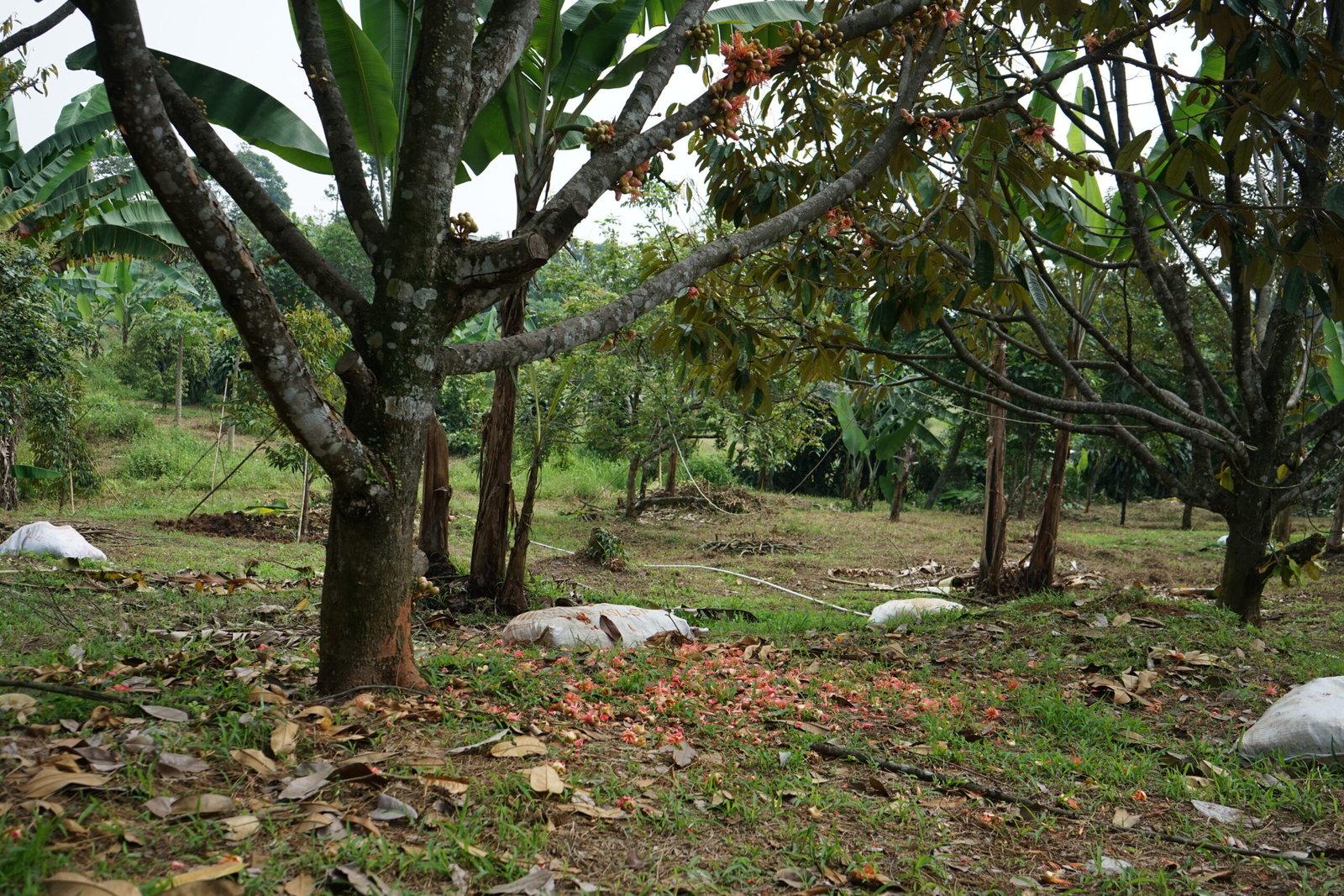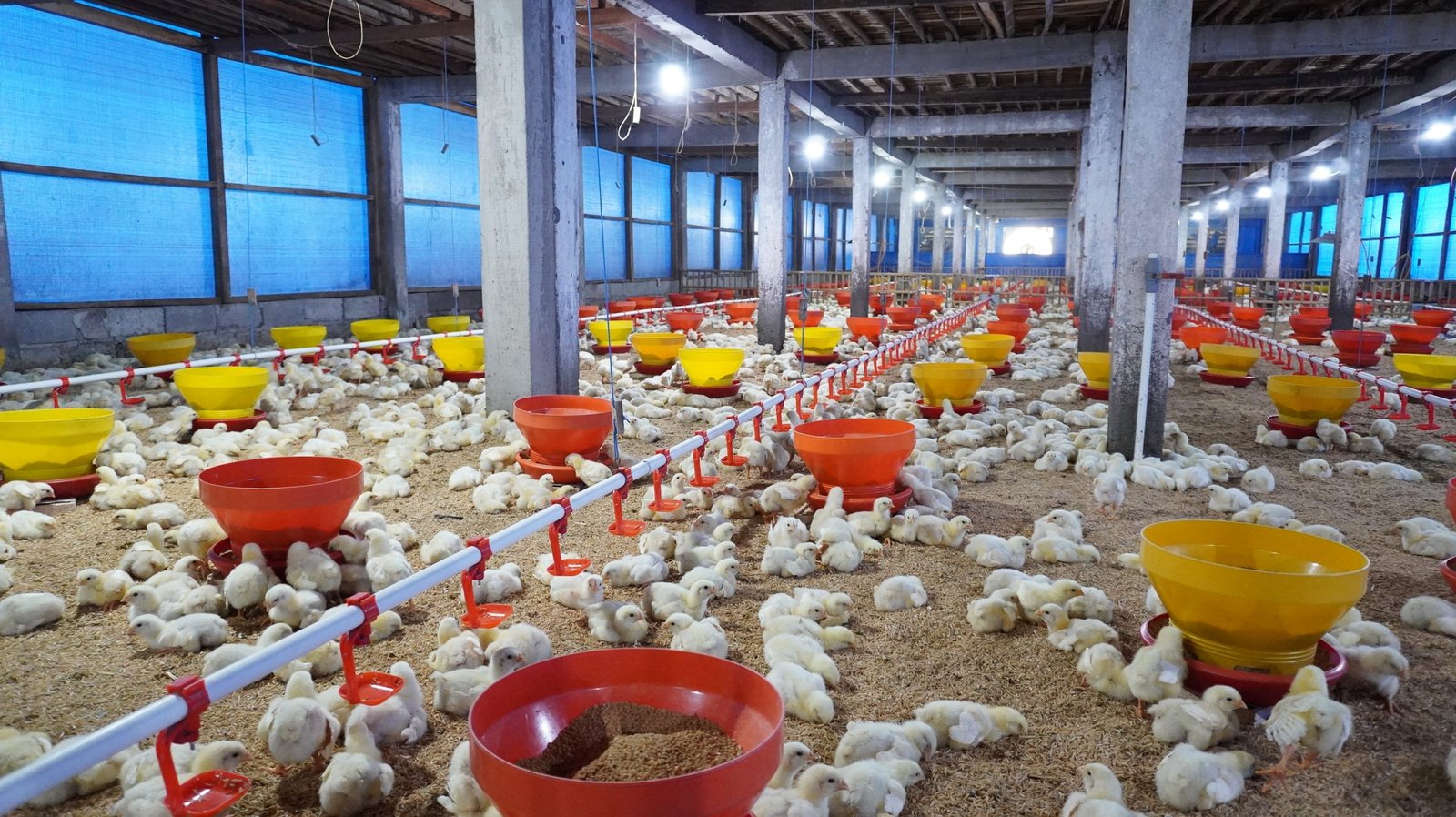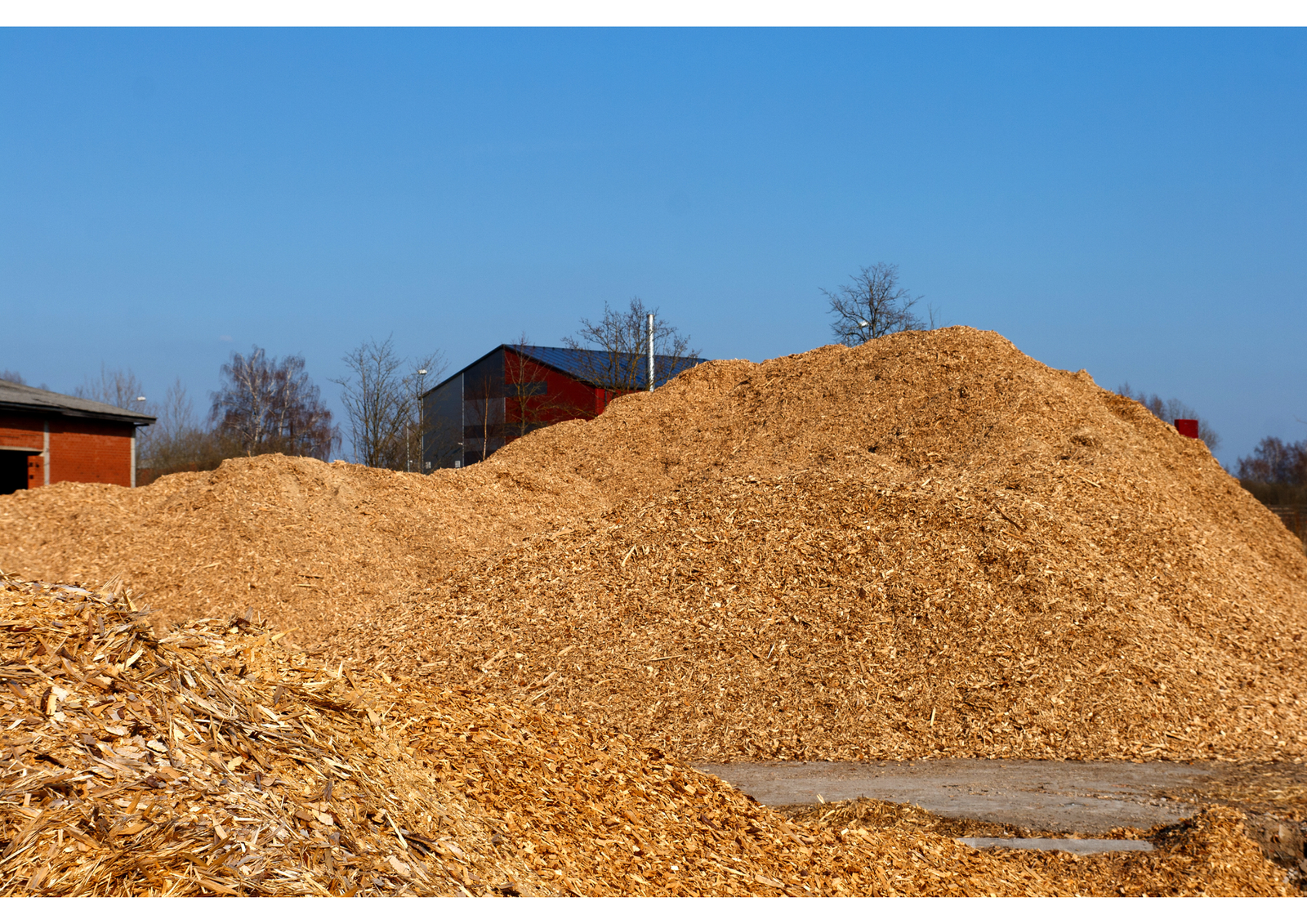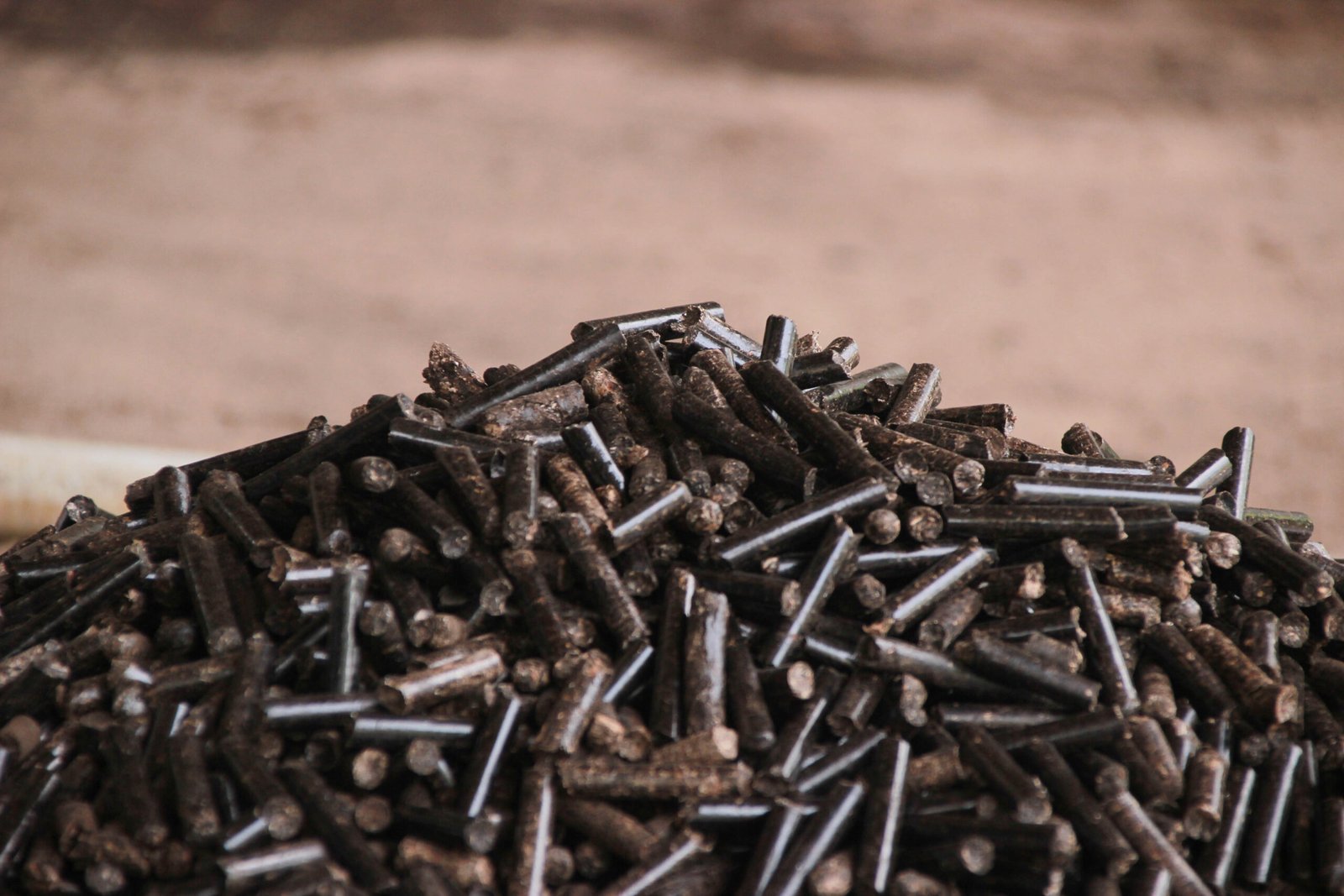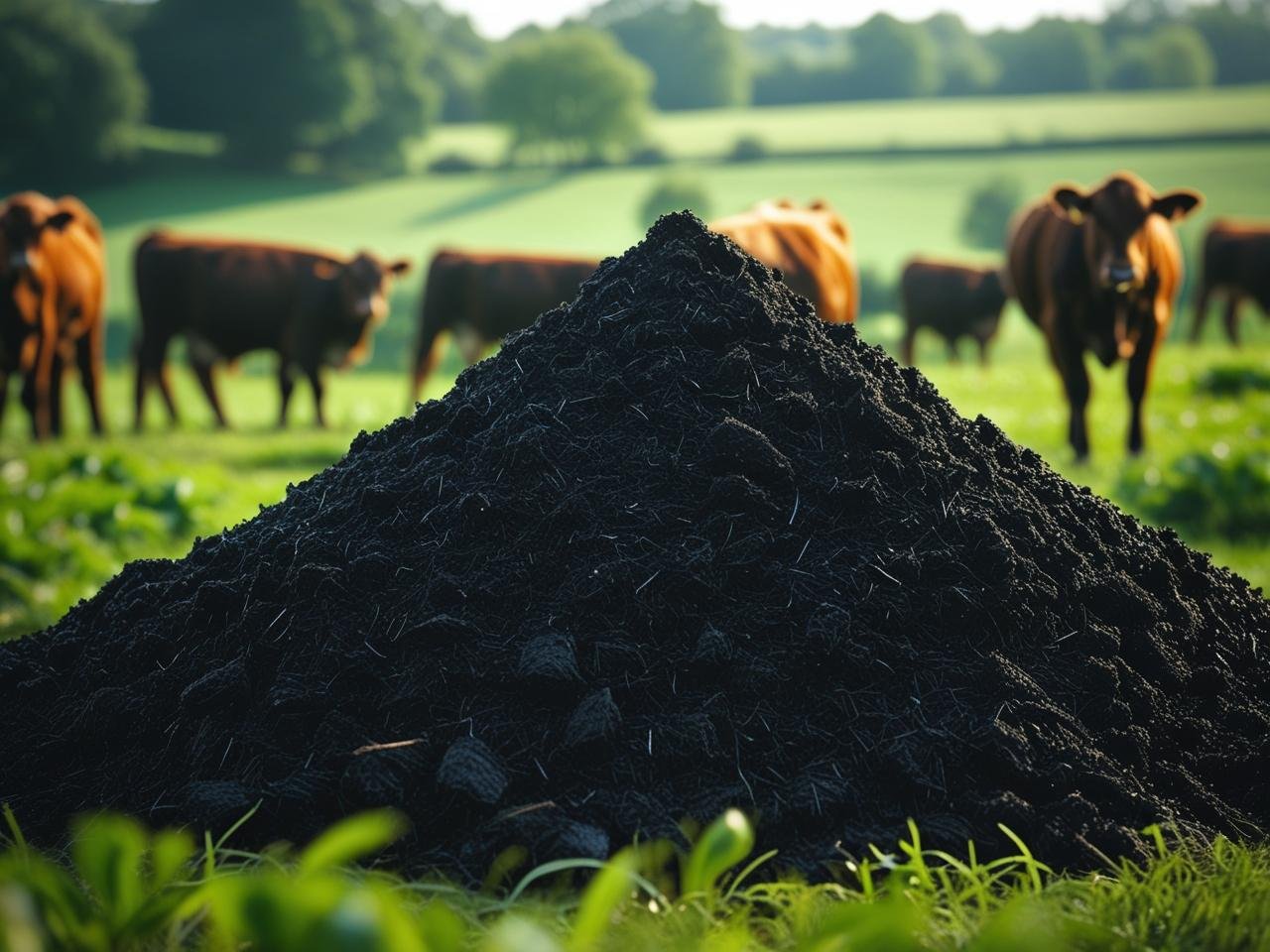Organic Fertilizer
NAVTARI provides organic fertilizer, a product derived from natural materials like compost and manure that improves long-term soil health. It works by slowly releasing nutrients as it decomposes, a focus that contrasts with synthetic fertilizers which are designed primarily for rapid, direct plant feeding.
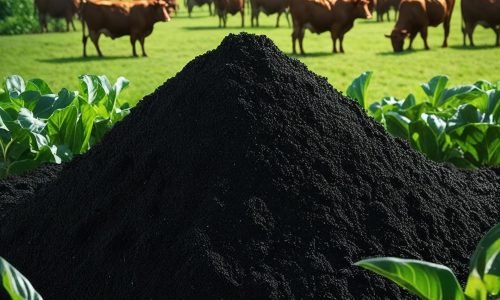
Organic Fertilizer Definition:
Organic fertilizer is a type of fertilizer derived from natural (organic) materials, including residues of living organisms or their decomposed products. It is used to provide nutrients for plants and improve the physical, chemical, and biological properties of soil.
NAVTARI's Commitment
NAVTARI recognizes that waste from livestock farms—especially cattle farms and layer/broiler chicken farms—can cause significant environmental pollution and hazardous air contamination if not managed properly. NAVTARI manages livestock waste through an SDG (Sustainable Development Goals) and ESG (Environmental, Social, Governance) value approach, contributing to net-zero carbon targets and combating climate change impacts.
Production Capacity
NAVTARI produces organic fertilizer directly at its cattle farms, processing 5,000 tons of fresh waste annually, with a monthly output of 700–900 tons of fertilizer.
Raw Material Sources
NAVTARI’s managed organic fertilizer inputs include
1. Animal-Based Waste

a) Fresh cattle manure
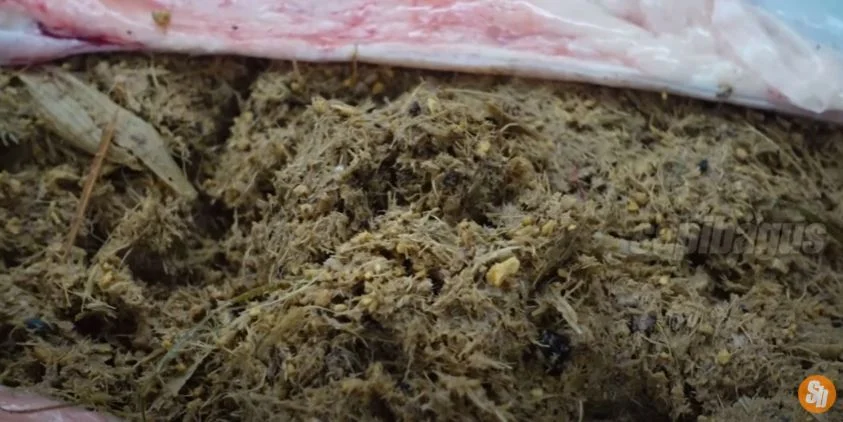
b) Cattle rumen waste
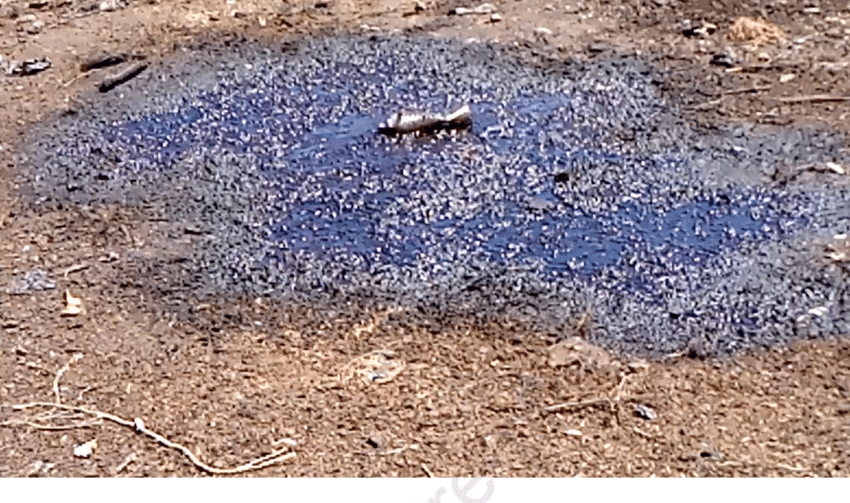
c) Cattle blood waste

d) Cattle offal waste
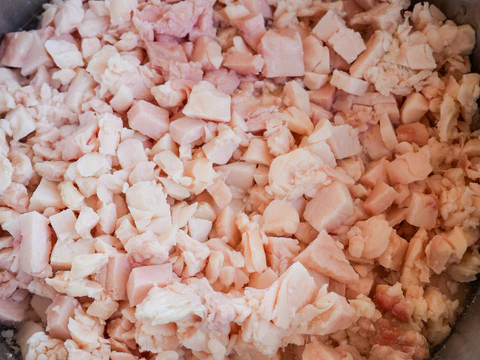
e) Cattle fat waste
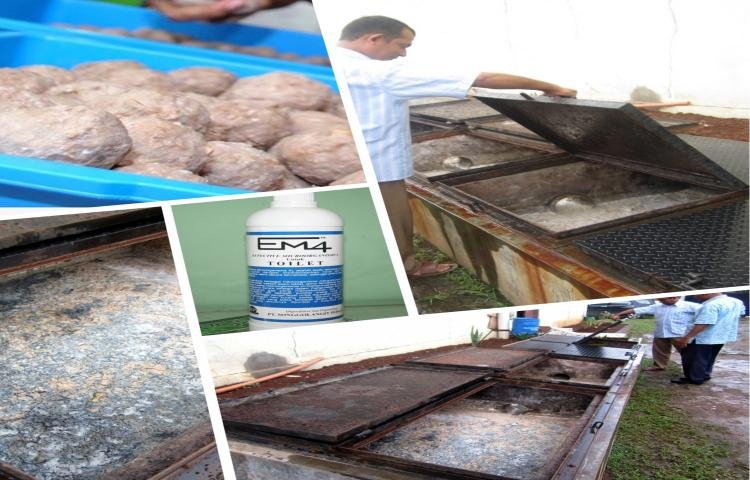
f) Meat processing waste (meatballs, sausages, etc.)
2. Plant-Based Waste
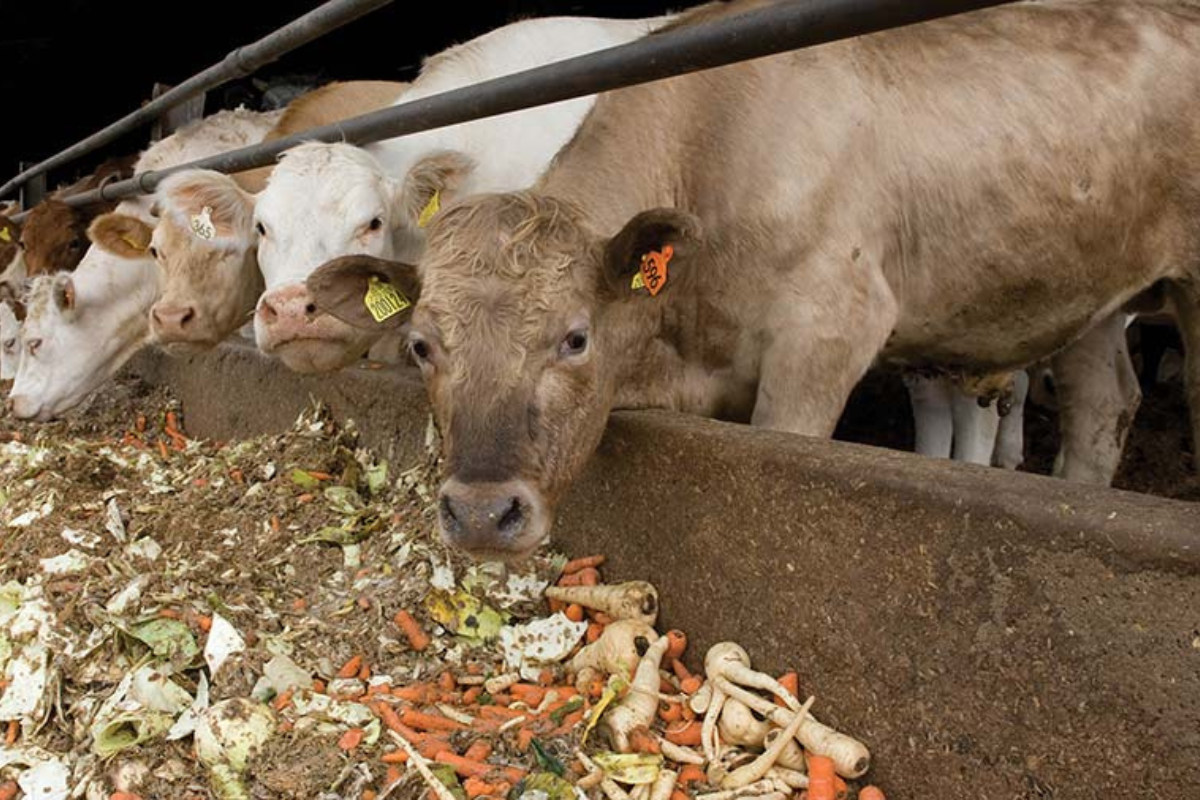
a) Concentrate feed waste
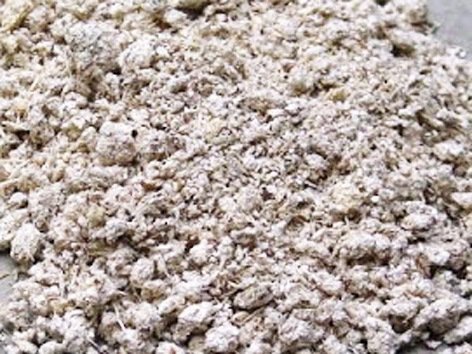
b) Raw materials for concentrate feed (bran, palm kernel meal, cassava pulp, dried cassava, coffee husks, corn cobs, etc.)
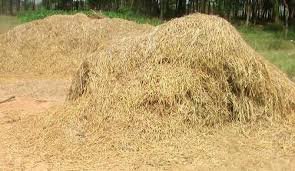
c) Fermented straw waste
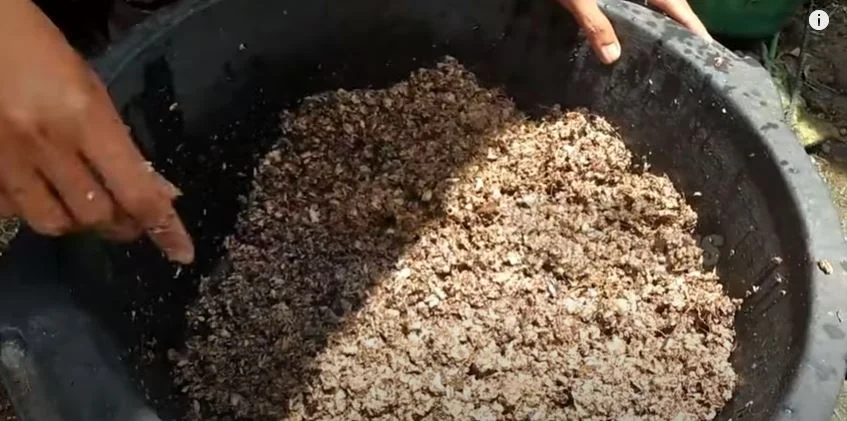
d) Fresh forage feed waste (straw, Napier grass, Pakchong grass, young corn stalks, sorghum)
Production Process
Organic fertilizer forms through natural decomposition by microorganisms (bacteria, fungi) into a stable, plant-absorbable form. This occurs naturally (e.g., forest humus) or is accelerated via composting, vermicomposting (worms), fermentation, etc.
NAVTARI’s Accelerated Process
Raw waste is processed into organic fertilizer through aerobic fermentation for ≥3 months, with periodic mechanical turning using loaders/excavators. Post-fermentation, the matured organic material is transferred to the fertilizer plant for mechanized processing: mixing with additives (5–7% rice husk ash), grinding, sieving, and packaging.
Final Product Characteristics
1. Organic fertilizer in mash form (spreadable type)
2. Deep black color (coal-like), rich in humic acid.
3. Odorless
4. Cool temperature (no reheating/refermentation).
5. Free from weed seeds
6. Free from pathogenic bacteria/fungi.
Final Product Spesifications
| Parameter | Hasil Uji | Satuan | Standar Uji |
|---|---|---|---|
| C-Organik | 22,45 | % | SNI 7763:2018 |
| Rasio C/N | 9,64 | - | SNI 7763:2018 |
| Kadar Air | 29,32 | % | SNI 7763:2018 |
| Hara Makro: | |||
| Nitrogen | 2,33 | % | SNI 7763:2018 |
| Total Fosfor (P2O5) | 2,15 | % | SNI 7763:2018 |
| Kalium (K2O) | 1,36 | % | SNI 7763:2018 |
| (N+P2O5+K20 | 5,84 | % | SNI 7763:2018 |
| Hara Mikro: | |||
| pH | 8,50 | SNI 7763:2018 | |
| Ukuran partikel | 14,67 | % | SNI 7763:2018 |
| Cemaran (Plastik, kerikil, dll) | 0,37 | % | SNI 7763:2018 |
| Cemaran Mikroba: | |||
| Escherichia Coli | <3** | MPN/g | SNI 7763:2018 |
| Salmonella Sp. | <3** | MPN/g | SNI 7763:2018 |
| UJI LAB BY: SUCOFINDO LAB |
Production Workflow Diagram

Manure Fresh

Collecting Manure

Fermention Process

Organic Fertilizer Plant
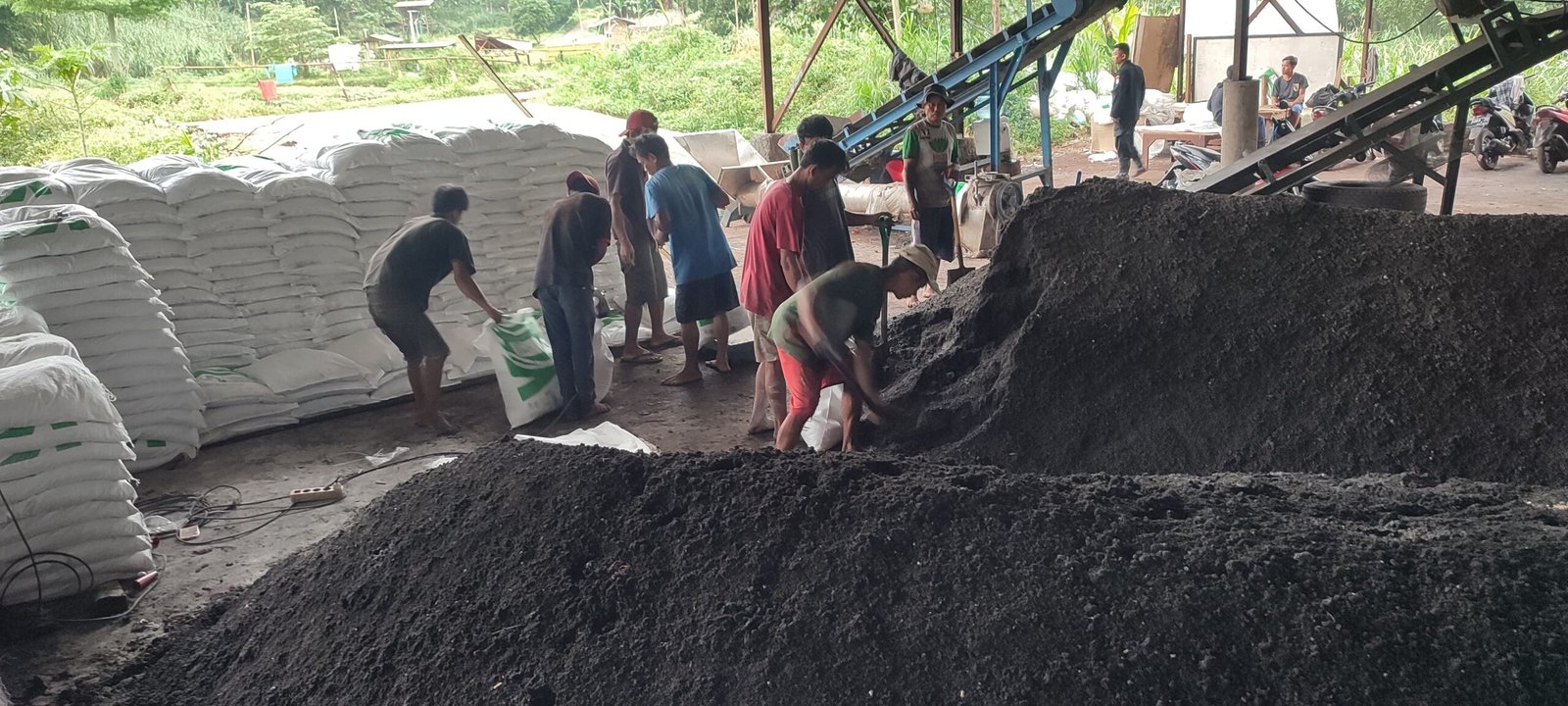
Packaging



